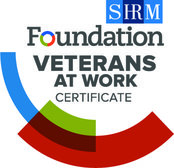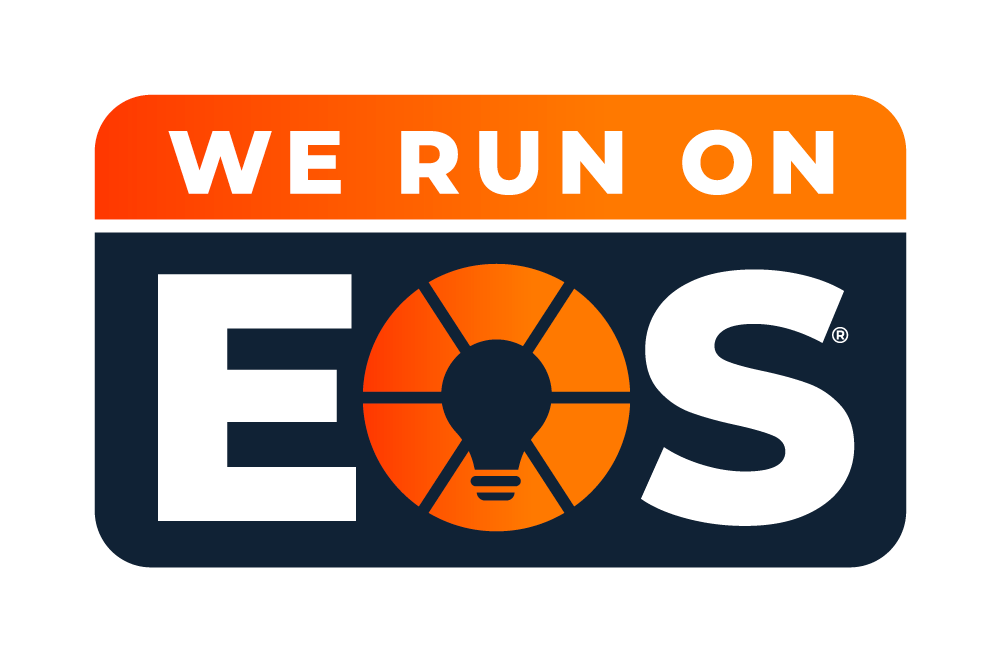The Importance of HR in GovCon Mergers and Acquisitions
Table of Contents
- Introduction
- The Role of HR in Mergers and Acquisitions
- The Importance of HR Due Diligence in Pre-M&A Phase
- Key Considerations During HR Due Diligence
- The Impact of HR Due Diligence on Post-Merger Success
- Key Takeaways
- About BOOST’s CEO, Janet Clark
When it comes to mergers and acquisitions (M&A) in the government contracting (GovCon) industry, there are complex processes involved in integrating multiple organizations. While financial aspects and strategic synergies often receive the most attention, it is crucial not to underestimate the vital role played by Human Resources (HR). HR professionals are instrumental in ensuring a smooth and successful merger or acquisition by effectively managing various people-related challenges and facilitating a seamless transition for employees.
An important aspect of the pre-M&A phase is conducting thorough HR due diligence. This involves assessing the human resources-related aspects of the organizations involved to identify potential issues, risks, and opportunities associated with the transaction. The primary objective of HR due diligence is to evaluate the potential impact on employees, uncover hidden liabilities, and plan for post-merger integration.
Ideally, HR would address the following key considerations through due diligence prior to the merger or acquisition. However, due to factors such as timing constraints or a lack of cooperation from the predecessor federal contractor, these activities may necessitate addressing these items during the transition phase:
- Compliance and Legal Considerations: Conducting a thorough review of HR compliance records to identify potential legal risks, such as employment lawsuits, regulatory violations, or labor disputes, is crucial. Additionally, actively assessing compliance with a range of employment laws, including wage and hour regulations, discrimination laws, immigration requirements, and health and safety regulations, as defined by relevant agencies, is important. Moreover, actively considering and adhering to specific requirements defined by the Equal Employment Opportunity Commission (EEOC), Office of Federal Contract Compliance Programs (OFCCP), Davis-Bacon and Service Contract Acts, and other applicable federal government contract-specific regulations is necessary. Lastly, ensuring active compliance with the Worker Adjustment and Retraining Notification (WARN) Act for employee layoffs is vital to meet legal obligations.
- HR Documents, Systems, Policies, & Procedures: Analyzing employment, non-compete, and collective bargaining agreements, along with applicable wage determinations, helps understand workforce obligations and commitments. Assessing the transferability of agreements and potential termination costs facilitates a smooth transition. Reviewing HR policies and procedures, such as those related to recruitment, onboarding, performance management, and employee development, is important. Identifying gaps or misalignments and harmonizing these policies and procedures post-merger ensures consistency and alignment. Additionally, evaluating HR technology systems and platforms is necessary to identify integration requirements, ensure data integrity, streamline processes, and maximize the value of HR technology.
- Benefits and Total Rewards: Evaluating compensation packages, employee benefits, and rewards offered by the merging entities is essential. Identifying gaps, redundancies, and inequities enables the development of strategies to harmonize and enhance the benefits and total rewards structure for the merged organization.
- Cultural Integration: Assessing the cultural fit between the organizations is crucial for successful post-merger integration. Understanding differences in work culture, management styles, and employee engagement approaches helps in developing strategies for fostering a unified culture.
- Workforce Composition and Talent Management: Analyzing the demographics, skills, and expertise of the workforce is necessary to assess the impact on talent management strategies. Evaluating key positions, succession plans, and training programs ensures effective resource allocation and retention.
- Employee Communication and Transition Planning: Assessing employee communication channels and developing a comprehensive transition plan is important for a smooth M&A process. Maintaining effective communication with employees helps mitigate uncertainties and maintain productivity. A smooth employee transition can be guided by the incorporation of HR due diligence findings into the integration planning process and the practice of assigning HR professionals as project managers to establish timelines and milestones
HR due diligence is a critical phase in GovCon M&A to ensure a smooth transition and to set the foundation for post-merger success. Stay tuned for our next article, where we will explore the role of HR after a GovCon M&A event closes.
For expert HR guidance with your GovCon merger or acquisition; contact BOOST today: https://boostllc.net/consultation/
#BOOSTingGovCon
Key Takeaways
- Human Resources (HR) plays a vital role in mergers and acquisitions (M&A) in the government contracting (GovCon) industry, managing people-related challenges and facilitating a seamless transition for employees.
- HR due diligence is a crucial pre-M&A phase that involves assessing the human resources-related aspects of the organizations involved to identify potential issues, risks, and opportunities.
- Key considerations during HR due diligence include:
- Compliance and Legal Considerations: Reviewing HR compliance records to identify potential legal risks and assessing compliance with employment laws and regulations.
- HR Documents, Systems, Policies, & Procedures: Analyzing employment agreements, HR policies and procedures, and HR technology systems to understand workforce obligations and ensure consistency post-merger.
- Benefits and Total Rewards: Evaluating compensation packages, employee benefits, and rewards to identify gaps and redundancies, and develop strategies to harmonize these post-merger.
- Cultural Integration: Assessing the cultural fit between the organizations to develop strategies for fostering a unified culture post-merger.
- Workforce Composition and Talent Management: Analyzing the demographics, skills, and expertise of the workforce to assess the impact on talent management strategies.
- Employee Communication and Transition Planning: Developing a comprehensive transition plan and maintaining effective communication with employees to mitigate uncertainties and maintain productivity.
- HR due diligence is critical to ensure a smooth transition and set the foundation for post-merger success in GovCon M&A.To help, it may be crucial to employ staffing services for GovCons or outsourced HR for government contractors.
About The Author, Janet Clark
Janet Clark is a Sr. HR Consultant at BOOST LLC with over 20 years of experience in HR with a specialized focus on GovCon for over 10 years. She is passionate about assisting clients with their compliance and HR initiatives.








